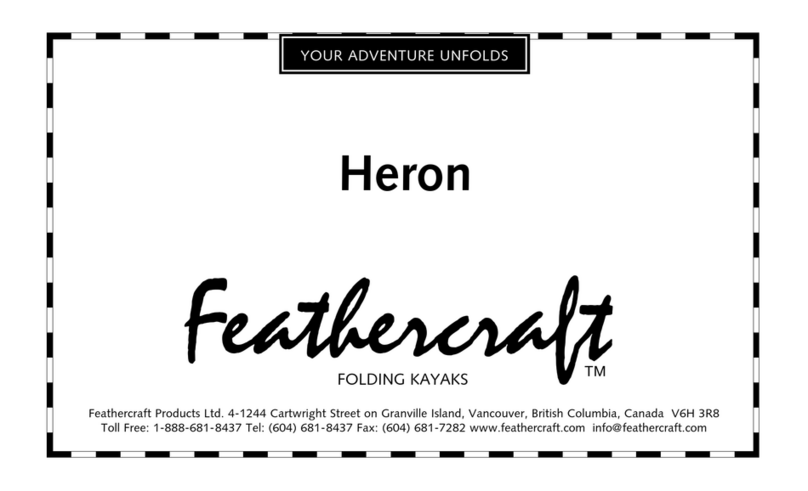
Ta b l e o f Co n T e n T s
6527•V210/08
Preface
Using Your Owner’s Information Kit . . . . . . . . . . . . . . . . . . . . . . . . . i
Owner’sGuide......................................... i
OEMInformation ....................................... ii
Pre-Delivery Service Record . . . . . . . . . . . . . . . . . . . . . . . . . . . . . . ii
Warranty Registration .................................... ii
Section 1 - Boating Safety
Safe Operation ......................................... 1
EmergencyProcedures .................................. 3
Safety Equipment ....................................... 6
Owner’sResponsibilities ................................. 9
Carbon Monoxide (CO) Warnings . . . . . . . . . . . . . . . . . . . . . . . . . . 12
Preventing CO Exposure........................... 12
IdentifyingCOExposure........................... 14
Treating CO Exposure ............................. 15
Other Health and Safety Information . . . . . . . . . . . . . . . . . . . . . . . . 15
Warning Labels......................................... 15
Section 2 - DC Electrical System
Batteries .............................................. 1
Battery Maintenance..................................... 6
Operating the DC Equipment .............................. 7
DCDistributionPanels ............................ 8
Troubleshooting the DC Electrical System .................... 14
DC Schematic.......................................... 15
Section 3 - AC Electrical System
AC Power Sources ...................................... 1
ShorePower .................................... 1
Generator Power ................................. 2
OperatingACEquipment................................. 4
AC Main Circuit Breaker Groups ..................... 5
ACBus1&2DistributionPanel ..................... 5
Ground Fault Circuit Interrupters . . . . . . . . . . . . . . . . . . . . . . . . . . . 9
Testing GFCI Receptacles.......................... 10
ElectricalLoads ........................................ 11
Bonding System ........................................ 11
Troubleshooting the AC Electrical System . . . . . . . . . . . . . . . . . . . . 12
AC Schematic.......................................... 14
Section 4 - Internal Systems
Air Conditioning System .................................. 1
Fresh Water System ..................................... 4
GreyWaterSystem ..................................... 9
Raw Water Washdown ................................... 10
Bilge System........................................... 11
Sanitation System....................................... 15






























